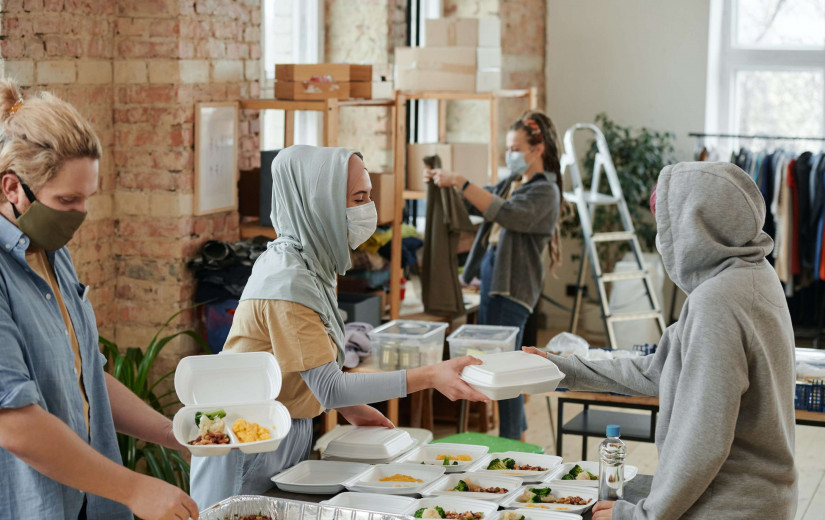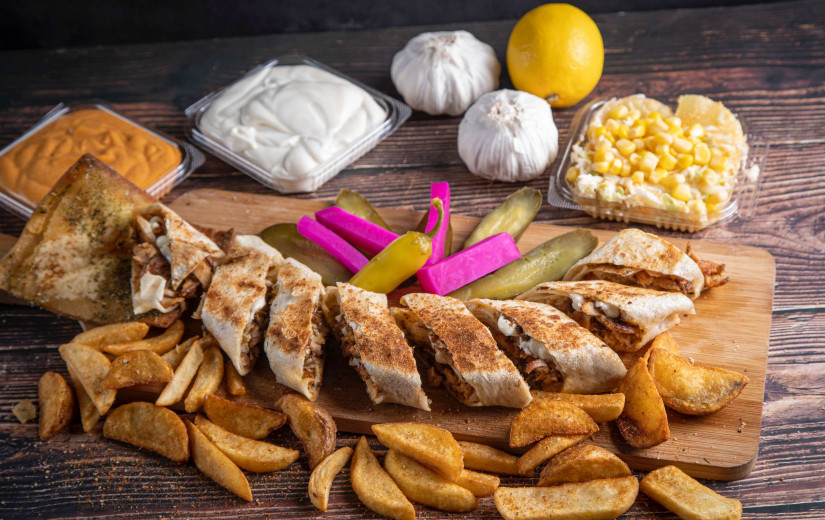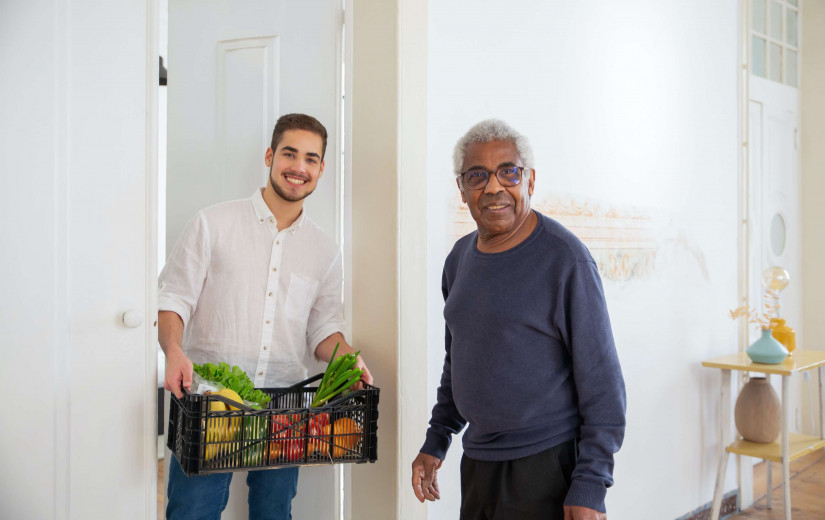Want to Breastfeed During a Pandemic? Everything That You Need to Know
Being pregnant during the COVID-19 pandemic is challenging on its own. With many medical facilities limiting visitors and the extra precautions that you need to take in any type of hospital setting, it is not surprising to learn that many new mothers are feeling anxious about giving birth during this era. Adding the question of breastfeeding into the mix can make it even more difficult, particularly if you test positive for the virus after you give birth.
Here are a few things to know about breastfeeding during this time of COVID-19.
Benefits of Breastfeeding During the Pandemic
There is no shortage of amazing benefits to breastfeeding at any time. These benefits are amplified during times of a health crisis. Following are a few of the benefits of breastfeeding during this challenging time.
- Breast Milk is Readily Available - During this time when you may be limiting your interaction with others and avoiding public places, there is no better feeding option for your new baby than breast milk. You will avoid having to go to the store for forumula if you choose to breastfeed your infant. As a bonus, you will save loads of money by choosing breast milk. Because of this era of economic uncertainty, any cost savings to your monthly budget is a big plus.
- Breastfeeding is Great for Babies - Breast milk is recommended for babies by all health organizations and this truth is no different during a pandemic. While the research is not yet clear about the protection that breast milk may offer against COVID-19 in particular, it has been known for decades that this milk is instrumental in protecting babies against a variety of other illnesses and respiratory issues.
- Breastfeeding is Beneficial to Mothers - While much of the focus on the advantages of breastfeeding hones in on the infant, mothers also receive substantial benefits from nursing. The hormones released during breastfeeding may relieve the stress and anxiety associated with this challenging time.
Safety of Breast Milk During the Pandemic
Because this is a novel virus, there is a lot that scientists and medical professionals need to learn about the spread. However, to date, there has been no confirmed instance of a mother passing COVID-19 to the baby through breast milk. It is well known by now that COVID-19 spreads between people who have been in close contact with each other through respiratory droplets. Because a mother does not pass other types of illnesses such as the flu through breast milk, doctors are confident that nursing does not pose a risk.
I Tested Positive for COVID-19. Can I Still Nurse My Baby?
Babies can still continue to enjoy the mother's breast milk even if she tests positive. The key to a healthy experience is to express the milk and have another person feed it to the baby in a bottle. This will eliminate the close contact between the infected mother and the baby. The mother needs to carefully clean the breasts and hands before starting the process of expressing the milk.
Other Precautions to Take if a Mother Tests Positive
While it may be emotionally difficult to stay away from your infant during this precious time, it is important for the mother to keep their distance from the baby if she tests positive for the virus. A healthy caregiver should be the one feeding the baby the expressed milk. If the mother needs to be near the baby, it is important that she wear a mask and attempt to keep a distance of at least six feet. The mother can get close with the infant after she has not had a fever for at least 72 hours and when a minimum of 10 days have passed since the onset of the COVID-19 symptoms.
Despite all of the uncertainty surrounding this new virus, it is important to remember that breast is still best for the baby. Even during a global health pandemic, nursing remains a key preventive measure for both the baby and mother. Your child's pediatrician will be able to provide more information and resources to help you to navigate this unchartered territory even if you test positive for COVID-19.

















